Name Richard Driehaus | Spouse Inese Driehaus | |
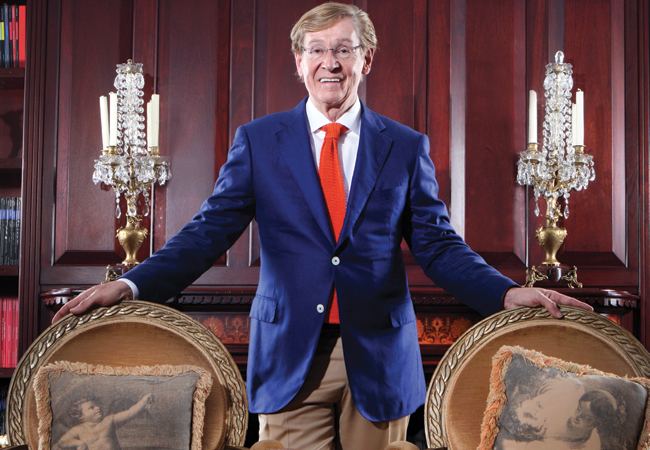 | ||
Born 1942 (age 79), Chicago, Illinois, United States | ||
Richard driehaus 2017
Richard Herman Driehaus (born 1942, Chicago) was an American fund manager, businessman and philanthropist. He was the founder, chief investment officer, and chairman of Driehaus Capital Management LLC, based in Chicago.
Contents
- Richard driehaus 2017
- Richard driehaus estate lake geneva wis
- Education
- Career
- Philanthropy
- The Driehaus Prize
- Classical architecture
- Museum
- DePaul University
- Community outreach
- Fashion
- References
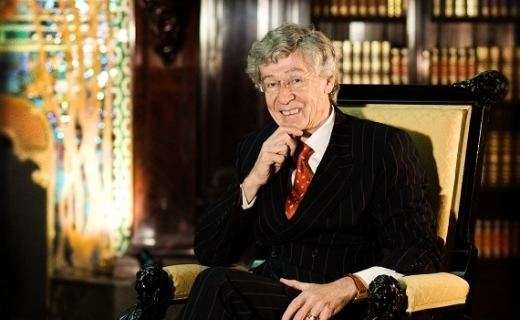
In 2000, he was named Barron's "All-Century" team of the 25 individuals who have been the most influential within the mutual fund industry over the past 100 years. His firm had $10.9 billion in assets under management as of the end of March 2015.
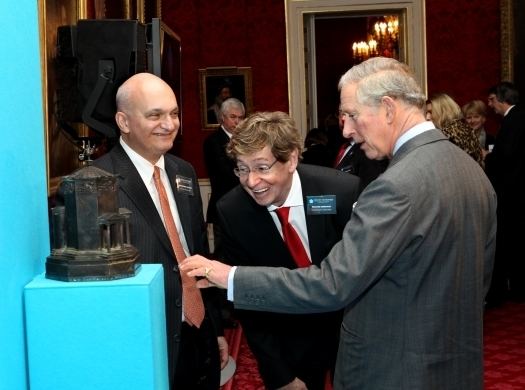
He was often credited as the father of momentum investing, although he was not the first to implement the strategy. Driehaus explained that "the momentum investor has confidence that a stock that is high can head even higher. We rarely invest in stock because it's cheap and hope for a turnaround." This strategy reportedly delivered compound annual returns of 30% for Driehaus Capital Management in the 12 years after it was set up in the 1980s.
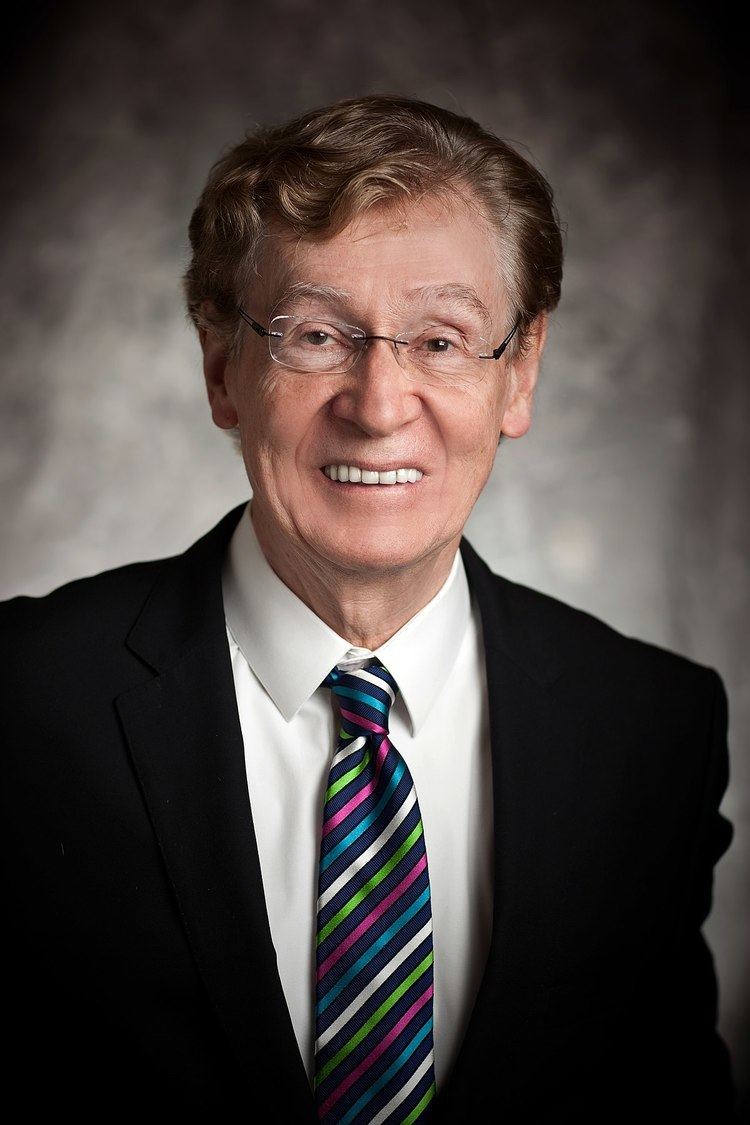
Richard driehaus estate lake geneva wis
Education
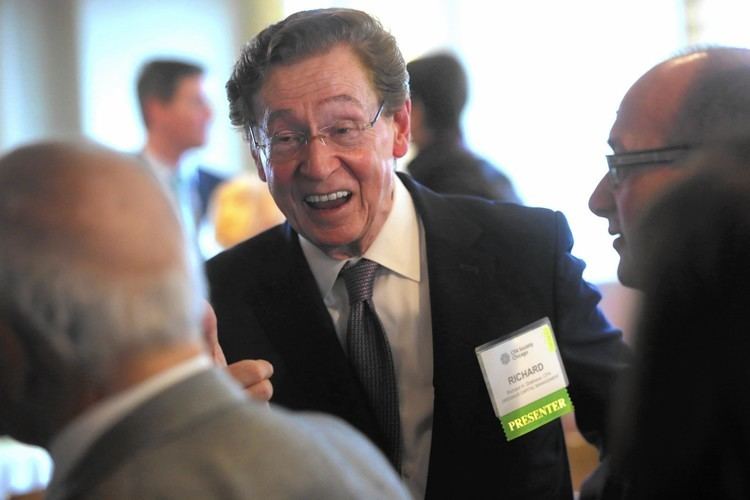
Driehaus attended high school at St. Ignatius College Prep and received his undergraduate (1965) and master's (1970) degrees in business from DePaul University. He also received an honorary doctorate degree from DePaul in 2002.
Career
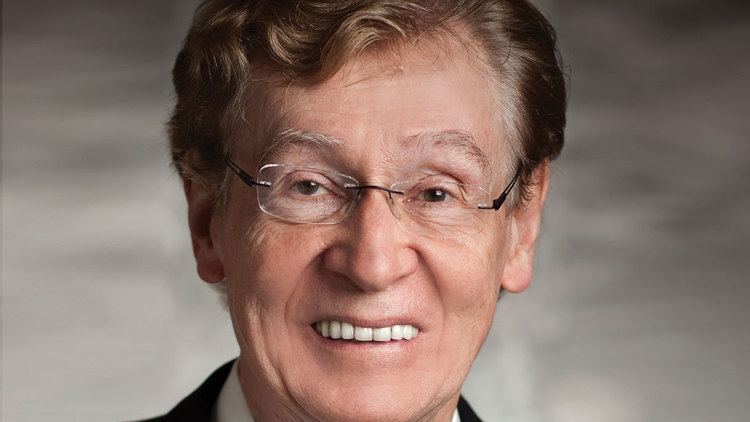
After graduation, Driehaus was an assistant to the director of research at local broker Rothschild & Co.
From 1968 through 1973, Driehaus developed research ideas for the institutional trading department at A.G. Becker & Co. In 1973, he became Director of Research for Mullaney, Wells & Co. In 1976, he became Director of Research and a money manager for Jesup & Lamont. In 1979, he set up Driehaus Securities, a research broker that provided ideas to a select group of accounts, followed by Driehaus Securities LLC in 1980.
He founded Driehaus Capital Management LLC in 1982 and was the current Chief Investment Officer and Chairman. He later founded Driehaus Mutual Funds in 1996, and Driehaus Capital Management (USVI) LLC in 1997.
Philanthropy
Driehaus had given widely both individually and through the Richard H. Driehaus Foundation and the Richard H. Driehaus Charitable Trust. He also contributed a total $92 million in dollars since 1984; his foundation intends to continue to distribute a minimum of $4 million a year.
He said that his original plan was to give away only $100 million during his lifetime, but believes that he will end up parting with more than twice that amount.
The Driehaus Prize
The Richard H. Driehaus Prize for classical architecture, established in 2003 but doubled to $200,000 in 2008, is presented annually through the University of Notre Dame School of Architecture to honor a major contributor in the field of traditional and classical architecture.
In his 2012 interview with Michael Lykoudis, Driehaus gave his inspiration for establishing the prize: "I believe architecture should be of human scale, representational form, and individual expression that reflects a community's architectural heritage. There is a delight, proportion, and harmony in classical architecture that I wasn’t finding in the contemporary buildings coming up around me in Chicago." The Driehaus Prize is often compared to the Pritzker Architecture Prize, which typically encourages modern design.
“The prize [...] represents a partial counterbalance to the rejection of classical forms by elite architecture that prevailed for much of the last century,” notes James Panero, an American culture critic. The Driehaus Prize is typically awarded around the same time, has similar terms, are both commemorated by a bronze award (the Pritzker is a medal and the Driehaus is a miniature Choragic Monument of Lysicrates), and, until 2008, both were the same monetary prize amount.
The first recipient of the Driehaus Prize was Léon Krier, who helped lay the theoretical framework for New Urbanism and designed the Prince of Wales' model town of Poundbury in England. The first American to win the prize was Allan Greenberg in 2006, who redesigned the interior of more than 30 rooms of the U.S. Department of State. The award has been given to architects associated with postmodernism, such as Michael Graves (2012) and David M. Schwarz (2015).
Classical architecture
Driehaus received the 2015 American Institute of Architects Lifetime Achievement Award for his contributions to architecture in Chicago and worldwide. The AIA noted his sponsorship of several design competitions which produced the IIT Campus Center, The Millennium Park Lurie Garden, and the Daniel Burnham Memorial, as well as the Richard H. Driehaus Prize for Classical Architecture.
In 2012, Driehaus publicly opposed Frank Gehry's modernist design proposal for the Dwight D. Eisenhower Memorial and funded a lobby group to block it. Driehaus said of the proposed memorial, "Architecturally, it didn’t speak to me. We want something more representational," but he has also criticized the closed selection process.
Besides the Driehaus Museum, Driehaus' historic preservation projects include the Ransom Cable House (which hold the offices of his firm, Driehaus Capital Management) and the award-winning restoration of a 1905 Georgian Revival style house in Lake Geneva, Wisconsin. He was also involved in the National Trust for Historic Preservation, Landmarks Illinois, and the Wisconsin Trust for Historic Preservation.
Museum
The Driehaus Museum displays decorative arts of the Gilded Age and art nouveau eras in permanent and special exhibitions and is housed in the historic Chicago landmark, the 1887 Samuel M. Nickerson Mansion. He described the museum as his "gift to the city." The museum is furnished with period furniture and decorative objects from Driehaus' collection to help visitors imagine how the Nickersons would have entertained and lived.
Driehaus restored the sooty black exterior of the mansion to its original buff-colored sandstone facade with a two-inch laser over 18 months—the first building in the United States to be restored with such technology, although the practice has been fairly common in Europe over the past 30 years. In doing so, chemicals were avoided and the intricate details could be cleaned evenly. The Nickerson Mansion received the Chicago Landmark Awards for Preservation Excellence in 2008 upon completion of the restoration.
DePaul University
In 2002, Driehaus donated $3.45 million to endow a chair and establish a center in behavioral finance. Driehaus donated $30 million to DePaul University in 2012—the largest gift DePaul has ever received. This contribution is used to recruit and retain faculty at the College of Commerce, which was renamed the Richard H. Driehaus College of Business.
Community outreach
Driehaus was an early supporter of Lisa Nigro's Inspiration Cafe in the Uptown neighborhood of Chicago, a nonprofit that helps 3,000 people each year by providing food, housing, and other services. He was touched by her story, which he heard through NPR.
He also gave to smaller dance and theater groups in Chicago, such as the Chicago Shakespeare Theatre, Hubbard Street Dance Company, Pegasus Players, Poetry Society of America, Trinity Irish Dance Company, and Redmoon Puppet Theater. He was also a major supporter of Catholic Extension, which builds churches in under-served communities. He also donated $3 million to the Catholic prep school he attended, St. Ignatius, and gave over $1 million to preserve synagogues, mosques and churches.
Fashion
The annual Richard H. Driehaus Prize for Fashion Excellence gives students from the four Chicago-area design schools a chance to showcase their works, with monetary prizes for placed winners. He also underwrote the Red Hot Chicago Fashion Gala for young professional designers.
